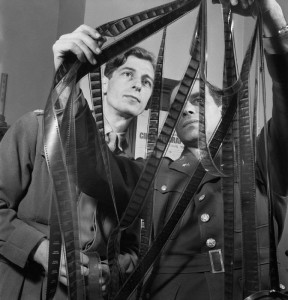The Art of Film Editing: What Gets the Chop?
Film Editing – a few tips
The very best directors have a comprehensive understanding of the film editing process. It’s not just about what they leave on the cutting room floor. Good film editing starts on shoot, with shots planned and directed in such a way that allows them to be cut together seamlessly.
In this post we’ll take a look at a few top film editing tips that ambitious filmmakers would do well to follow. Every film editor has their own distinct approach and style, so you might not agree with everything we cover, but the aim is to provide you with some actionable pointers that can help you hone your craft. Remember, good editing should be invisible, so that’s what we’re trying to achieve.
Cutting tight
The best approach to film editing is to cut tight scenes on the first time of asking. Rather than tightening a scene frame by frame, be decisive from the off. Tighten the gaps between dialogue, lose any pauses that aren’t pertinent to the scene, and cut any dialogue that’s redundant. If you choose to make a loose cut first time around, you’ll waste a huge amount of time whittling your scene down.
Cut on action
Cutting on action is a powerful technique that helps to preserve the continuity and flow of a scene. It makes your cuts invisible and draws viewers into your story by tying otherwise unrelated shots together.
A common example of a cut in action is a person walking towards a door and reaching for the handle. The interior of the room might be set up in a different location, and the shoot take place on a different day, but by cutting to the shot of the door opening from the interior just as the hand reaches the handle, you can seamlessly tie the scene together.
Technical matching
There are two schools of thought on matching the details between cuts. Technical matching i.e. matching actors’ hand positions, stage position and eye line, can play an important part in the continuity of a scene. Walter Murch, the American film editor and sound designer, had six criteria for making a cut in any given instance, of these, technical matching was the least significant. Much more important in Walter Murch’s book was the emotional fluidity of a scene.
The truth is that the audience will not notice minor continuity differences if they are engrossed in your story. However, the audience will find pronounced mismatches jarring, so you should always keep one eye on technical matching.
B-roll shots and the power of three
There’s something magical about the power of three; no one really knows why, but humans like things that come in threes. The same can be said for b-roll shots. When a scene calls for cutaway inserts, it just feels right to use three different shots. Imagine an actor taking in a landscape or looking around a room. Three POV shots mimic how we take in our surroundings and add a sense of the real-world to our screens.
Don’t get stuck in a rut
It is easy to get stuck in a cutting rut, simply moving from one shot, to the next, and back again. Cutting back to an angle used in the previous shot will result in the loss of momentum and create a sense of stagnancy. This can be unavoidable in a dialogue scene with just two protagonists, but if you have different shots with different framing, make sure you use them.

